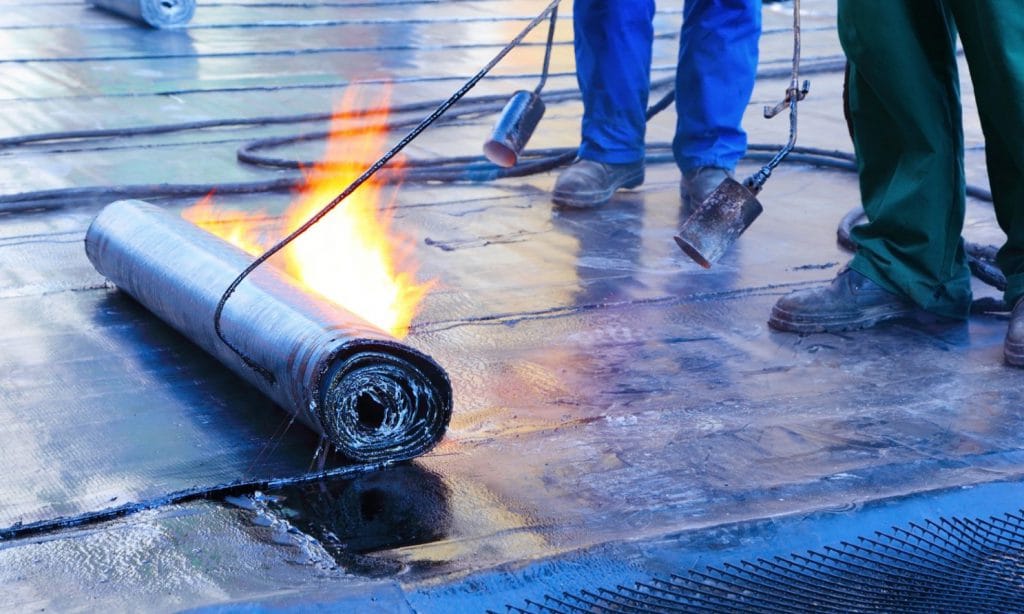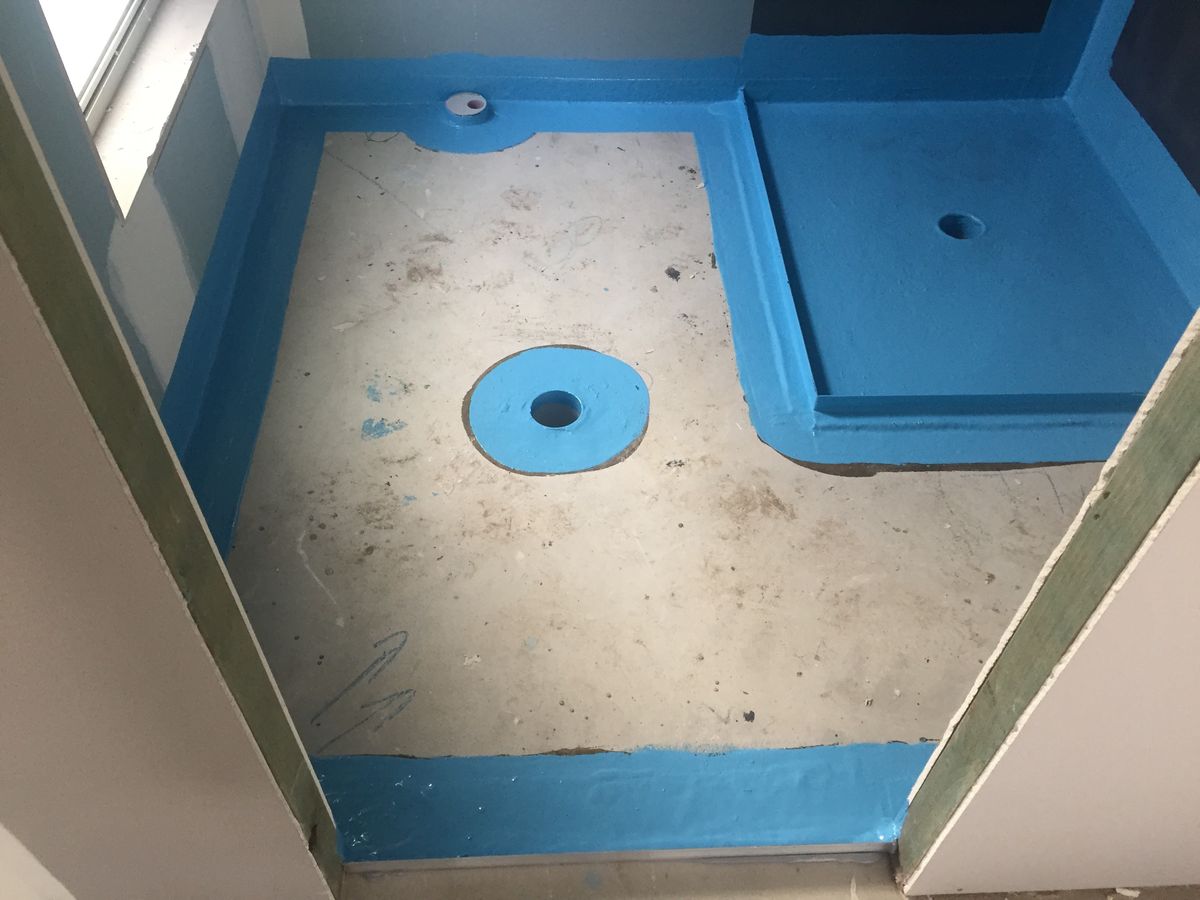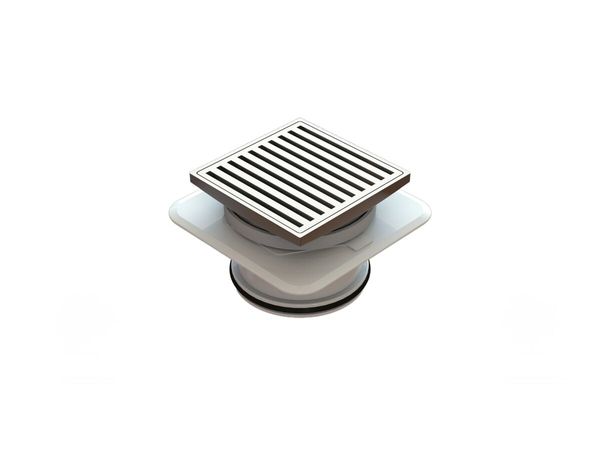Question
I live in Ipswich QLD, I wanted to have a floor waste in my laundry just to be safe.
However, the builder said they do not provide the floor wastes anymore, due to onsite issues they are seeing in the industry. 😦
No sure if this is really true or they cannot find a skilled tradie to do the grading requirement.
Just want to know your thoughts on this floor waste. - Ferdinand

Answer
Thank you Ferdinand for the question.
I'm not sure why this is an issue for them as its not a big inclusion/change to "standard" nor is it a lot of work to do, depending on the method/approach chosen.
If the house is a Class 1 or 10 then a waste is technically not required (see attached below). If a voluntary floor waste is installed - as it would be in this instance, then there is a way to do it without setting down the floor, screeding etc - see below.
Generally, floor wastes in laundries can be dry wastes or wet wastes.
The difference being a dry waste is a non charged waste pipe, that is, no active water flowing through it.
Wet wastes are those charged by other fixtures, as in water flows through them and they have a trap.
Either way, if a dry or wet waste is installed, under the new NCC 2022 fall is required - EXCEPT, there is a performance solution that fall is not required if installing a linear drain or a weir at the entrance to the room.
A weir is a little tile ramp up to the outside of room floor level.
Getting a linear waste installed means that the concretor doing your slab only has to provision a recess (normally they use a bit of LVL timber to do this - dieseled up so it can be removed after pour - or wrapped in plastic) larger than the strip drain that will be inset into the slab to meet the finished floor level of your laundry.
I would make sure if doing the linear drain option that the laundry wastes were charged/wet wastes so they did get flushed from time to time.
The only cost factors to consider here is the supply of the linear drain and floor waste (smart waste) - will be $150 minimum for the linear drain and $50 for the smart waste, the supply of two additional underslab waste points (drainer) (one for the FWG the other for the linear drain) the forming of the recess cost to the concretor (maybe $50 or $75 max) the install of the drain by the tiler, (say $100-$150 to bed and set the drain in place).
When smart wastes are used the slab must be "scooped out" while wet, around the waste to allow for the smart waste to be installed (the depth of the fitting).

I am personally a fan of the linear drain at the doorway solution to resolve the issue of floor falls. Yes, you will see s strip drain at the door way in addition to the floor waste.

Finally, if your concerned about water overflow/exposure from washing machine or sinks etc, get the laundry floor fully waterproofed and make sure that the waterproofing is ABOVE any screed, even through you shouldn't need a screed or falls if you do the linear drain to the door performance solution.
Costs
Concretors do charge extra to set down floor areas. The last quote I got was for a Whole Bathroom Stepdown $750 each (plus gst). This does not include floor bedding which runs at around $110/m2 inc GST plus builder margin (allow 20%). The waterproofer will charge around $88/m2 for two (heavy) coats to get wet film thickness (as per the manufacturers installation guidelines).
Lastly, if you can have a choice between liquid membranes or sheet waterproofing membranes, check out the sheet membranes. They ensure the correct DFT - dry film thickness and are pretty easy to install.
They are about 20% more expensive than liquid membranes but I believe its worth it.
WPA, Bayset and Sika (brands/companies) do some good sheet membranes, external and internal corners TAP FLANGES and more. There is even a self adhesive, peel and stick membrane which im yet to try but really like the idea of - saves mixing adhesive.
An often forgotten aspect of waterproofing is conveying the compatibility chain of products onto other trades to ensure after the waterproofing, a product that is NOT COMPATIBLE with the waterproofing is not used, which would render the waterproofing installation void if there was a manufacturer claim of litigation.
I'm sure this might be too much information for you but I wanted to make sure I addressed a few points.
Thanks Ferdinand for reaching out and your comments!
Further Reading











